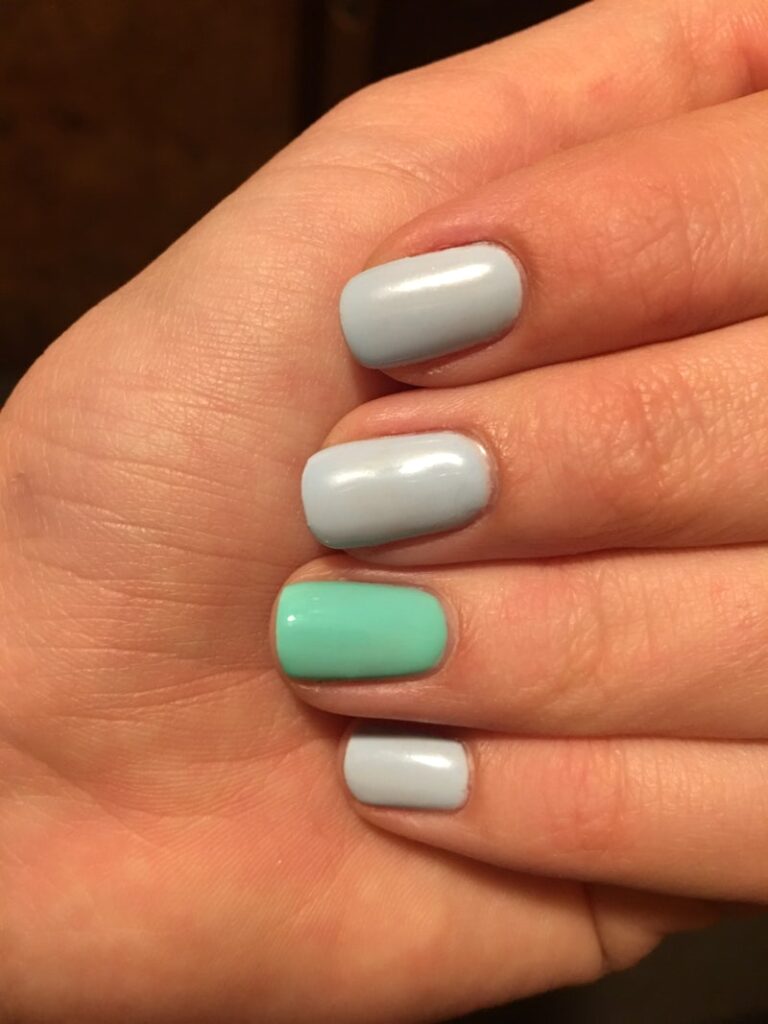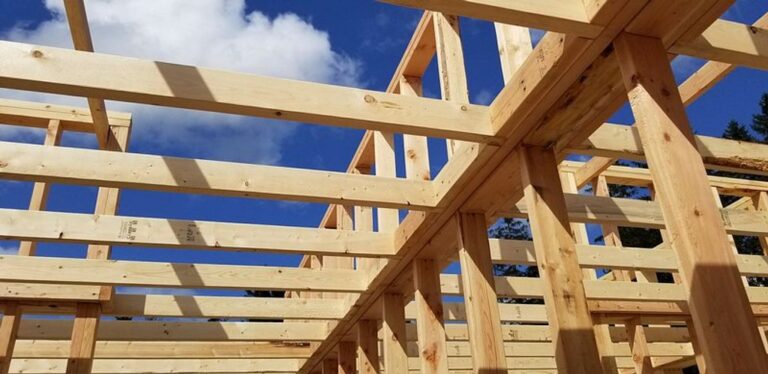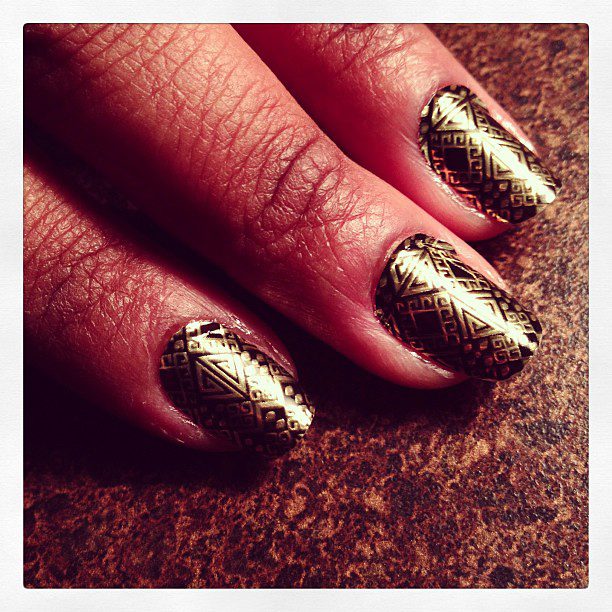“Baseboard Beauty: What Nails for Baseboard Excellence”
When it comes to baseboard installation, choosing the right nails is crucial for achieving a flawless and long-lasting result. Understanding the compatibility between baseboard materials and nail types, as well as mastering the art of nail size selection and installation techniques, are key aspects of this process. In this article, we will explore the essential considerations for achieving baseboard excellence through nail selection and installation techniques.
Key Takeaways
- Select nails that are compatible with the material of the baseboard for optimal hold and durability.
- Choose the right nail size by considering the length and gauge to ensure secure and aesthetically pleasing installation.
- Pre-drilling is essential for preventing splitting and cracking when nailing into hardwood baseboards.
- Use the appropriate wood filler to conceal nail heads and achieve a seamless finish.
- Regular maintenance and touch-ups are necessary to keep baseboards looking pristine and free from visible nail heads.
Understanding Baseboard Materials and Nail Compatibility

The Importance of Material Selection
Selecting the right baseboard material is crucial for both aesthetic appeal and durability. Baseboards serve as a visual transition between your floors and walls, and the material you choose must be compatible with the type of nails you intend to use. For instance, softer woods like pine are forgiving and can work with a variety of nails, while harder woods such as oak require nails that can penetrate without causing splits.
When considering materials, think about the moisture exposure and wear and tear the baseboards will endure. Here’s a quick guide to help you match common baseboard materials with the appropriate nail types:
- Pine: Versatile, works with most nails
- MDF (Medium Density Fiberboard): Requires thinner, specially designed nails to prevent bulging
- Oak: Needs nails with greater penetration power
- PVC: Best with stainless steel or galvanized nails to prevent corrosion
Tip: Always consider the finish of the nail as well. A galvanized or stainless steel finish can prevent rust and ensure a long-lasting hold in environments with higher humidity.
Matching Nails to Baseboard Types
Selecting the right nail for your baseboard can be as crucial as the material of the baseboard itself. Different types of baseboards require specific nails to ensure a secure fit and an impeccable finish. For instance, softer woods like pine are best paired with thinner, less intrusive nails to prevent splitting, while harder woods like oak can handle larger gauge nails.
- Pine: Use thinner, finishing nails to avoid wood splitting.
- Oak: Suitable for larger gauge nails due to its hardness.
- MDF: Requires nails that can hold in the dense, glue-based material without causing bulging.
Tip: Always consider the baseboard’s weight and the wall’s material when matching nails to baseboard types. Heavier baseboards may require nails with a larger head for added holding power.
When working with pre-finished or delicate baseboards, such as those mentioned in the Hillman 1-5/8-in 15-Gauge Coated Panel Board Nails description, color-matched nails can be a subtle yet significant detail. These specialized nails come in a variety of colors to blend seamlessly with the baseboard, enhancing the overall aesthetic without the need for additional touch-ups.
The Art of Choosing the Right Nail Size

Length Matters: How to Determine the Ideal Nail Size
Selecting the right nail size for baseboard installation is crucial for both holding power and the integrity of the wood. The general rule of thumb is to choose a nail that is three times longer than the thickness of the baseboard. This ensures that the nail penetrates the baseboard and goes deep enough into the wall stud or backing to provide a secure hold.
For example, if your baseboard is 1/2 inch thick, you should use a nail that is at least 1 1/2 inches long. However, the type of wall material can also influence the ideal nail length. Here’s a quick reference guide:
- Drywall: Use a nail that’s 1 1/2 to 2 inches long.
- Plaster: Longer nails, about 2 to 2 1/2 inches, are preferable.
- Solid Wood: A 1 1/2-inch nail is typically sufficient.
Tip: Always verify the depth of your wall material and the space behind it to avoid hitting pipes or wires.
Choosing the correct nail length is not just about aesthetics; it’s about ensuring that your baseboards are securely attached and remain that way over time. Remember, using a nail that’s too short could result in a weak hold, while a nail that’s too long could damage utilities hidden behind the walls.
Gauge Guide: Selecting the Proper Thickness
Selecting the proper nail gauge is crucial for ensuring that your baseboards are securely attached without causing damage to the wood. Nails typically range from 15-gauge to 23-gauge, with 15-gauge being the thickest. Thicker nails provide more holding power, which is ideal for heavier baseboard materials. However, they also have a higher likelihood of splitting the wood, especially in delicate or thin profiles.
For most baseboard installations, a 16-gauge or 18-gauge nail is sufficient, striking a balance between strength and minimizing wood damage. Here’s a simple guide to help you choose:
- 15-gauge: Best for thick, heavy baseboards or when nailing into studs.
- 16-gauge: A versatile choice that works well for a variety of baseboard types.
- 17-gauge: Less common, but useful for harder wood species.
- 18-gauge: Ideal for thinner baseboards and delicate trim work.
Tip: Always consider the baseboard material and the wall it’s being attached to. For softer woods or thinner baseboards, opting for a finer gauge can prevent splitting.
Remember, the right nail gauge will not only improve the installation process but also contribute to the longevity and appearance of your baseboards. Choose wisely to achieve baseboard beauty with lasting excellence.
Installation Techniques for Flawless Baseboards

Pre-drilling: When and Why It’s Necessary
Pre-drilling is a crucial step in baseboard installation, especially when working with hardwood or fragile materials. It helps to prevent splitting and ensures precise placement of the nails. By pre-drilling, you create pilot holes that guide the nails, reducing the risk of damaging the baseboard. This technique is particularly beneficial for achieving a clean and professional finish, enhancing the overall aesthetics of the baseboard installation. Additionally, pre-drilling allows for smoother and more controlled nail insertion, minimizing the chances of misalignment or surface damage.
Nailing Patterns for Optimal Hold and Aesthetics
Achieving the perfect finish for your baseboards is not just about the nails you choose, but also about the pattern in which they are installed. A well-thought-out nailing pattern ensures both optimal hold and an aesthetically pleasing look. Here are some guidelines to follow:
- Start by nailing at each stud, which typically are spaced 16 to 24 inches apart. This provides a strong anchor for the baseboard.
- For longer sections, add a nail roughly every 12 to 16 inches between the studs to prevent bowing and create a uniform appearance.
- At the ends of the baseboard, place nails closer together to secure the joints and avoid separation over time.
Tip: When nailing near the end of a board, angle the nail slightly towards the center of the board to reduce the risk of splitting.
Remember, the goal is to have the nails be as invisible as possible while maintaining a firm hold. After nailing, use wood filler to conceal the nail heads before the final painting and finishing touches are applied. This will ensure a smooth, professional look that complements your interior design.
Finishing Touches: Filling and Painting Over Nail Heads

Choosing the Right Wood Filler
Selecting the appropriate wood filler is crucial for a seamless baseboard finish. The right filler will not only hide nail heads but also accommodate the natural expansion and contraction of the wood. For best results, choose a filler that is sandable and paintable to ensure a smooth, flawless surface upon completion.
When considering wood fillers, take into account the color match to your baseboards. Some fillers are labeled as ‘stainable,’ which means they can absorb stain similarly to wood, allowing for a closer color match. Here’s a quick guide to help you choose:
- Water-Based Fillers: Ideal for indoor use, easy to sand, and dries quickly.
- Solvent-Based Fillers: Better for outdoor use, resistant to weather, and requires more time to dry.
- Epoxy Fillers: Provides the strongest bond, great for repairing larger damages.
Tip: Always test the filler on a small, inconspicuous area of your baseboard to ensure it blends well with the finish and accepts the paint or stain as desired.
Remember, the goal is to make the nail heads invisible once painted over, so take your time in selecting a filler that will achieve this effect with minimal effort.
Painting Tips for Concealing Nail Heads
Once your baseboard nails are securely in place and any wood filler has dried, it’s time to move on to painting. The goal is to create a seamless look where nail heads become virtually invisible. Begin by lightly sanding over the filled areas to ensure a smooth surface. When selecting your paint, opt for a high-quality, durable option that matches your baseboard’s finish.
- Use a primer before painting to enhance paint adhesion and to help conceal any slight imperfections. A thin coat is often sufficient, but be sure to let it dry completely before applying the topcoat.
For the topcoat, apply paint in thin, even layers. If the nail heads are still slightly visible after the first coat, a second coat can provide additional coverage. Remember to allow adequate drying time between coats to avoid drips or uneven texture.
Tip: When painting over nail heads, use a small, angled brush for precision and to avoid leaving brush marks on the baseboard.
Troubleshooting Common Nailing Issues

Avoiding Splitting and Cracking
Avoiding Splitting and Cracking
When nailing baseboards, it’s crucial to use the right technique to avoid splitting and cracking the wood. One important factor to consider is the type of nail and its thickness. Using a nail that is too thick can put excessive pressure on the wood, leading to splitting. Additionally, driving the nail too forcefully can cause cracking, especially near the edges of the baseboard. It’s essential to strike a balance between the force used and the nail thickness to prevent these issues.
To ensure proper nailing without causing splitting or cracking, consider the following factors:
- Nail thickness: Use a gauge guide to select the proper thickness for the baseboard material.
- Driving force: Adjust the driving force based on the nail size and the type of wood to prevent excessive pressure and cracking.
Remember, a careful approach and attention to detail can make a significant difference in preventing splitting and cracking when nailing baseboards.
Dealing with Nail Pops and Shiner Nails
Nail pops and shiner nails can detract from the overall appearance of your baseboards, but they can be addressed with the right approach. For nail pops, which occur when nails protrude from the baseboard, the key is to drive the nail back into place and secure it. If the nail won’t stay, it may be necessary to add a new nail nearby to provide additional support.
Shiner nails are those that miss the stud and are visible on the surface of the baseboard. To fix a shiner, remove the nail and reposition it so that it penetrates the stud. If the hole left behind is noticeable, fill it with wood filler before sanding and repainting.
Tip: Always use a nail set to countersink finishing nails, which helps prevent both nail pops and shiners.
To prevent future issues, consider the following steps:
- Ensure you’re using the correct nail size and type for your baseboard material.
- Check that your nail gun (if used) is set to the appropriate pressure.
- Use a stud finder to locate studs and avoid shiners.
- Follow a nailing pattern that provides both a strong hold and an aesthetically pleasing finish.
Are you struggling with common nailing issues? Look no further! At NAILinspire.com, we provide the ultimate online nail art design library to help you troubleshoot and overcome any nailing problems. From nail art inspiration to expert tips and tutorials, we’ve got you covered. Visit NAILinspire.com today and take your nail art to the next level!
Frequently Asked Questions
What are the best nails for baseboards made of MDF?
For MDF baseboards, it is recommended to use finishing nails with a length of 1 1/2 inches and a gauge of 15-16.
Do I need to pre-drill before nailing baseboards made of hardwood?
Yes, pre-drilling is necessary when nailing baseboards made of hardwood to prevent splitting and ensure a clean installation.
What is the ideal nail size for baseboards made of pine?
For pine baseboards, a nail size of 2 inches in length with a gauge of 16-18 is suitable for secure and durable installation.
How can I prevent nail pops in my baseboards?
To prevent nail pops, it’s important to ensure that the nails are driven in at the correct angle and depth, and to use the appropriate nail size for the baseboard material.
What type of wood filler should I use to fill nail holes in baseboards?
For filling nail holes in baseboards, a high-quality wood filler that matches the baseboard material and can be stained or painted over is recommended.
What painting techniques can I use to conceal nail heads on baseboards?
To conceal nail heads on baseboards, use a small artist’s brush to carefully touch up the nail heads with matching paint, blending them seamlessly with the baseboard finish.





